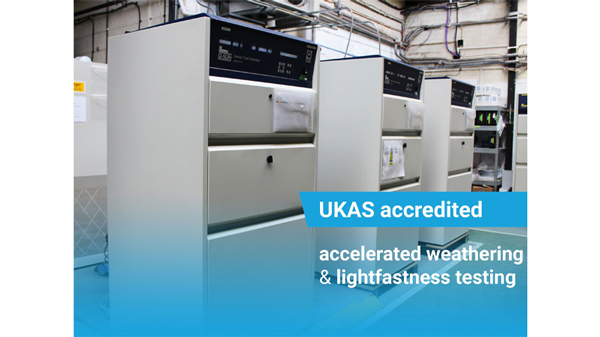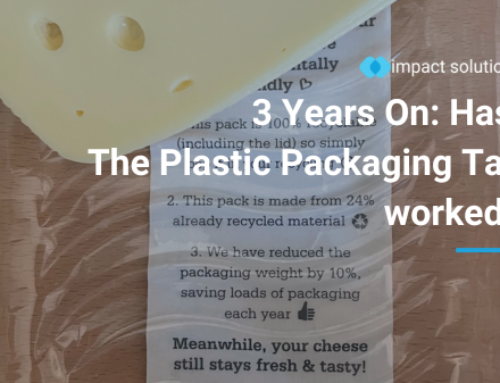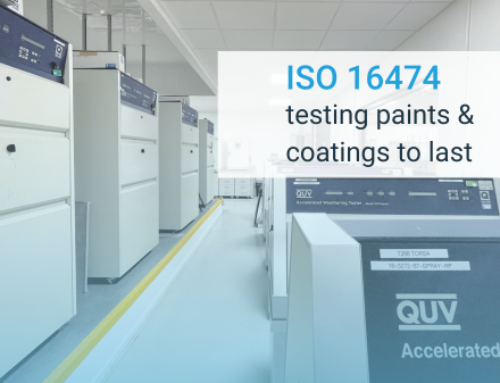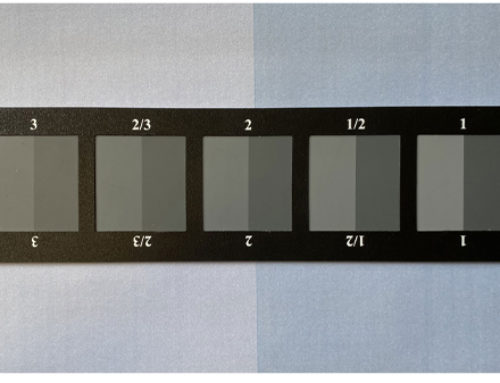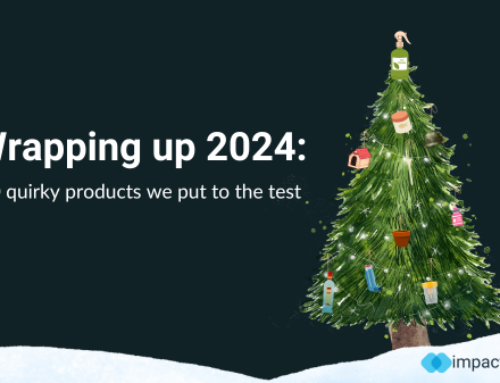ISO 4892-2 and ISO 4892-3: Plastics – Methods of exposure to laboratory light sources
ISO 4892 -1: 2016 – Part 1: General guidance
It is important to determine the effects of solar radiation, moisture and heat on plastic products which are used outdoors or indoors but behind glass. Weathering elements can cause stresses to the plastic product, affecting the appearance, physical and mechanical properties of the product. By exposing samples of a plastic product to laboratory light sources, through accelerated weathering standard ISO 4892-2 and ISO 4892-3, you are able to determine potential degradation.
Accelerated weathering or artificial weathering is exposing a material to laboratory light sources in conditions which mimic the elements which the material is likely to face in actual use environments. The durability of a product or material in actual use exposure compared with the results from accelerated weathering can differ due to the nature of the testing but Accelerated weathering will give a very good indication of the degradation expected.
ISO 4892 -2: 2016 – Part 2
Plastics — Methods of exposure to laboratory light sources: Xenon Arc Lamps
Part 2, ISO 4892-2, specifies the method for exposing samples to xenon-arc lights, in the presence of heat and moisture to reproduce the weathering effects which can occur when the product is exposed to real-life environments. The samples are placed on a tray within a weathering device and are exposed to various spectra of light, moisture, humidity and spray under a controlled environment. Impact uses a Xe3 Q-SUN Xenon Arc test chamber where the samples on test, plastic, in this case, undergo a cyclic programme under the scope of ISO 4892-2. Certain factors need to be taken into account when analysing results, such as, the amount of water sitting on the surface when the light hits the product, the temperature on the sample surface which can be colour specific and the cycle (light/dark periods)
ISO 4892 -3: 2016 – Part 3
Plastics — Methods of exposure to laboratory light sources: Fluorescent UV lamps
Part 3, ISO 4892-3, specifies the method for exposing samples on test to fluorescent UV light, humidity and water in a weathering chamber. The purpose is to simulate the effects that UV can have on your product or material and determine what it can mean for its service in actual use environments. Different UV lights are available to use depending on the standard cycle required.
The method under which you are required to test your product or material will determine the model of weathering chamber or device you will need but also the cyclic parameters. The cyclic parameters will detail the amount of light irradiance (W/m²), temperature (˚C) and time (hh:mm) which your samples will undergo.
If you wish to discuss your testing requirements in more detail, please don’t hesitate to get in touch today! Be sure to also head to our Facebook, LinkedIn and Twitter and give us a follow!

